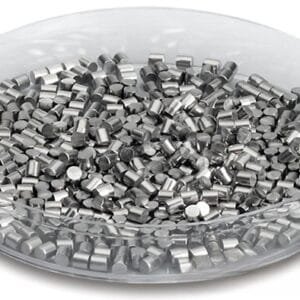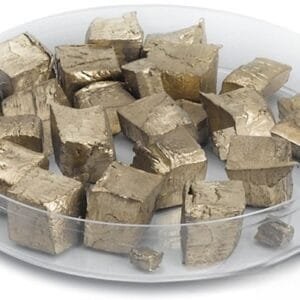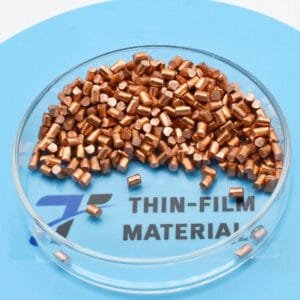Lanthanum Manganate Evaporation Materials Overview
TFM offers high purity lanthanum manganate evaporation materials with the chemical formula LaMnO₃. These oxide evaporation materials are essential for achieving high-quality films in various deposition processes. We specialize in producing lanthanum manganate materials with purity levels up to 99.9995%, ensuring top-notch product reliability through rigorous quality assurance processes.
Related Products: Lanthanum Evaporation Materials, Manganese Evaporation Materials
Applications
Lanthanum manganate evaporation materials are utilized in:
- Deposition processes including semiconductor deposition, chemical vapor deposition (CVD), and physical vapor deposition (PVD).
- Optics applications such as wear protection, decorative coatings, and displays.
Packaging
Our lanthanum manganate evaporation materials are carefully tagged and labeled to ensure efficient identification and quality control. We take extensive measures to prevent damage during storage and transportation.
Contact Us
TFM is a leading supplier of high-purity lanthanum manganate evaporation materials, available in various forms including tablets, granules, rods, and wires. Customized shapes and quantities are also available upon request. We also offer evaporation sources, boats, filaments, crucibles, heaters, and e-beam crucible liners. For current pricing or to inquire about other materials not listed, please contact us directly.


 MSDS File
MSDS File



Reviews
There are no reviews yet.